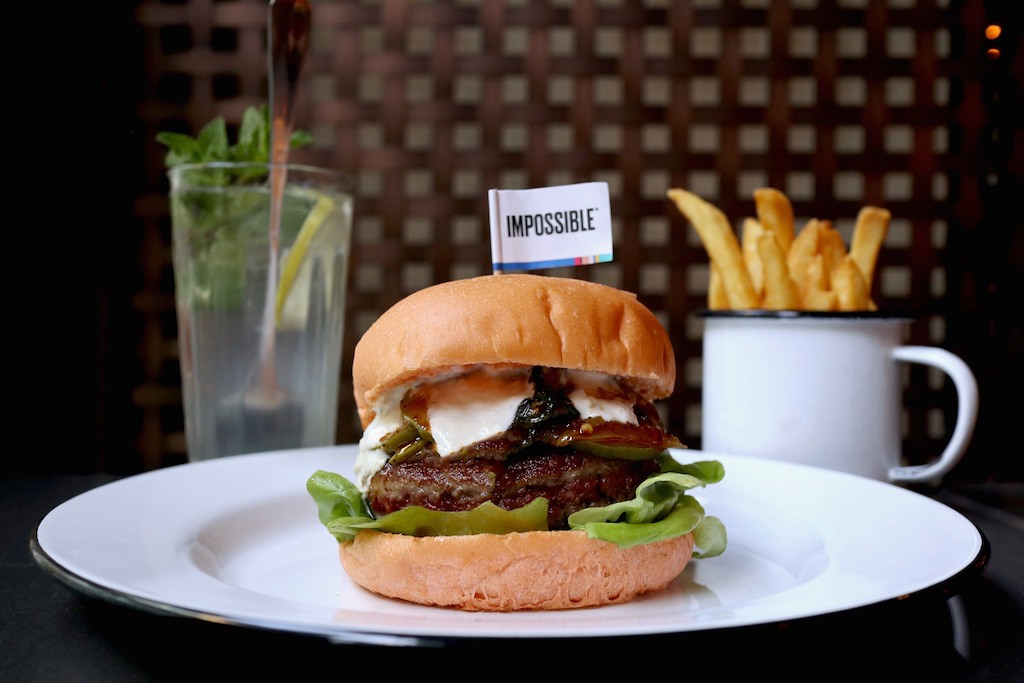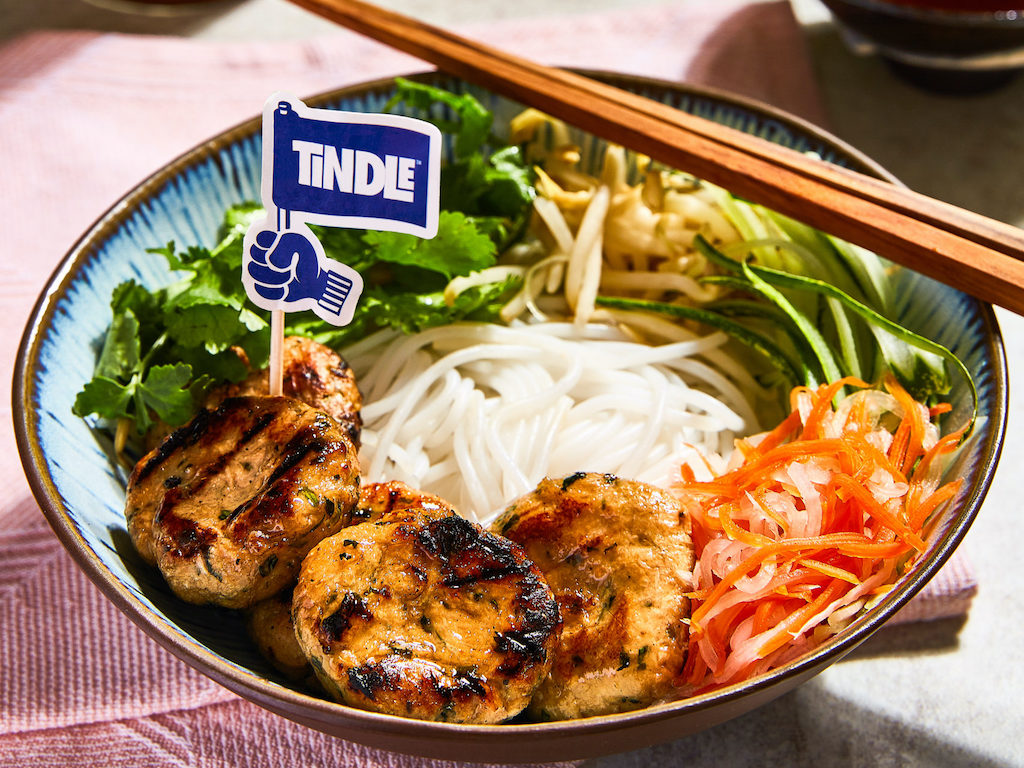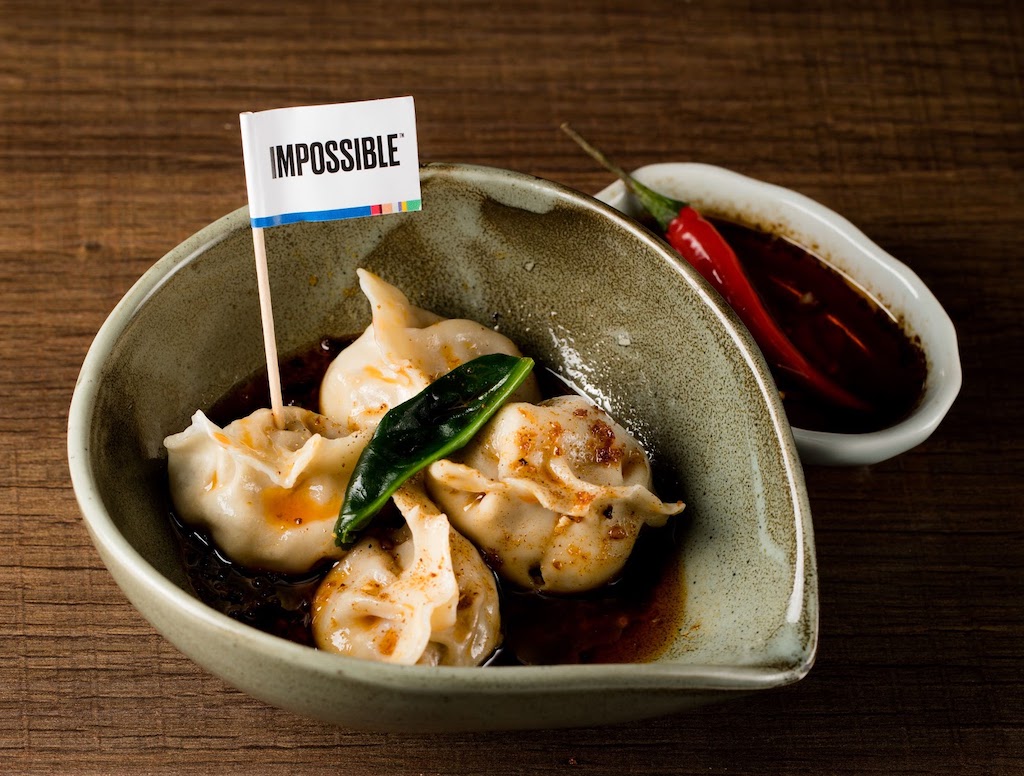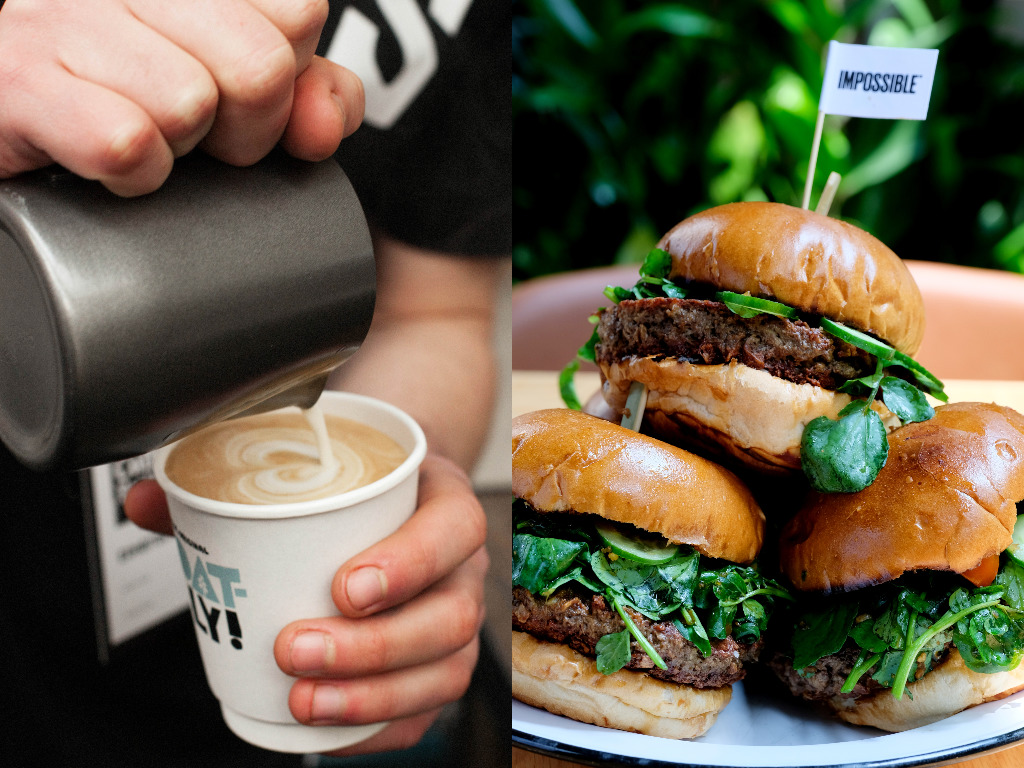6 Mins Read
Impossible Foods and Oatly represent perhaps the most successful food techs in the alternative protein space, with their iconic branding recognised by even mainstream meat-eating consumers. So what’s in the secret sauce?
According to a new white paper published by the food startup innovation hub NX-Food, a subsidiary of multinational wholesale major Metro AG, the answer lies in working with culinary experts, i.e. partnering with chefs and baristas to make their plant-based products widely accessible, visible and available. Here’s what you need to know about the commercialisation strategies that have been key to Oatly and Impossible Foods’ rise to the top.
1. ‘Gastronomy First’ builds strong demand before listing in retail
NX-Food analysts have dubbed the strategy that Oatly and Impossible Foods adopted the “Gastronomy First” approach – one where products initially land on the market alongside “suitable culinary experts” before they reach retail shelves. One important part of this is to conjure up enough demand in the market before getting consumers can begin purchasing the brand directly.

“The chances for new brands to directly address the retail sector and stay there are rather slim, as shelf space is limited, and competition is strong,” explains the report. “While the gastronomy only allows for occasional buying by end consumers it can create the momentum to assure regular buying once the product or brand hits the retail shelf.”
Impossible Foods, for instance, concentrated on the “top of the food distribution pyramid” when they launched – working with burger chains like Bareburger in New York and Beef & Liberty in Hong Kong. They later added enormous burger QSRs to their list, like Burger King and White Castle, before entering retail – by then, they were so well-known with consumers and “were able to negotiate with retailers from a very strong position and roll out fast.” When Covid-19 hit, the food tech aggressively ramped up its retail footprint in North America, Singapore and Hong Kong and now their flagship plant-based Impossible patties can be found in more than 20,000 retail outlets, marking the brand’s most rapid expansion yet as it approaches its 10 year anniversary.
2. Chefs & baristas can build trust with consumers
Working with chefs, and in Oatly’s case, baristas, is important because it can help build trust with consumers. These culinary experts are described by NX-Food researchers as the “celebrities of the food industry” with incredible influence over their customer base.

“In their role, they can serve as quality gate keepers, managers of first impressions, “skillfluencers”, storytellers and sparring partners. Their culinary credibility together with the authentic atmosphere of their establishment is transferred to the product’s brand creating the demand for home consumption,” explains the authors.
Take Oatly, who launched a special “Barista Edition” of their oat milk for coffee shops and cafés, which has been largely credited with providing the brand with enough recognition – even to the hardiest latte critics. First, Oatly’s vegan milk landed in niche cafés like Birch Coffee and Boba Guys – it helped the food tech gain new followers and establish its reputation as a credible plant-based milk brand that could effectively replace its dairy counterpart without compromising on taste and experience.
“Their authentic vibe of café culture was indirectly projected onto the Oatly brand,” writes NX-Food analysts. Fast forward a few years, Oatly’s sales are at an all-time high, it has launched its IPO, and the brand has penetrated the biggest coffee chain of all – Starbucks – now boasts a retail footprint spanning 60,000 locations in 20 markets.
3. Foodservice launch enables flexible pricing and operational stability
Another added benefit to entering foodservice channels before jumping into retail is the ability to test things like pricing and operations, which in turn gives food techs “more room to manoeuvre” before deciding on what works with consumers when it ends up in supermarkets. How? The Gastronomy First approach means that individual restaurants and cafés may sell their products at different prices rather than in a standard format – then brands can see where sales are going up or what might not be working out so well with diners. In essence, working with culinary experts means having a “sparring partner”, says NX-Food.
The latest roll-out of TiNDLE, the plant-based chicken brand launched by Singapore food tech Next Gen, is a great example of how the company is now testing and adapting its strategy over time based on the response. It first launched at a handful of restaurants in its home city, and this month, it’s set to debut in Hong Kong, Kuala Lumpur and Macau.

The response? “It could not be better,” said Andre Menezes, co-founder and COO of Next Gen, as quoted in the report. “Consumers love TiNDLE. The reviews are great, and they are mind-blown by their experiences with plant-based dishes made of TiNDLE.”
“Through the creative minds of chefs and all other elements around gastronomy, consumers are invited to challenge paradigms, to reimagine what is possible,” Menezes continued. “For us there is no better environment than gastronomy to help create good consumer experiences.”
4. Chefs can serve as the ‘quality gate keeper’ and elevate the product to inspire consumers
Related to the previous point, working with culinary experts means getting invaluable feedback to continue improving the product itself, making it even better before it reaches retail. “A chef being the expert for all aspects of food can provide valuable feedback on everything that can help to iterate the product and tailor it to the needs of the customer,” said the NX-Food report.

But aside from that, expert chefs can get creative with the product, make it taste better, and can even help “hide smaller potential flaws of the product” – this way, consumers are more likely to enjoy their food and build up a good impression of the brand.
“New products require different handling so giving it into the hands of an expert, who treats the new product with respect and does justice to it, creates a higher chance for a good first impression,” explained the authors. “So, whether for the current or next food innovation it might be worthwhile considering a market entrance via a served plate creating a consumer pull-effect that makes it easier to land on the retail shelf eventually.”
Lead image courtesy of Impossible Foods / Oatly.




